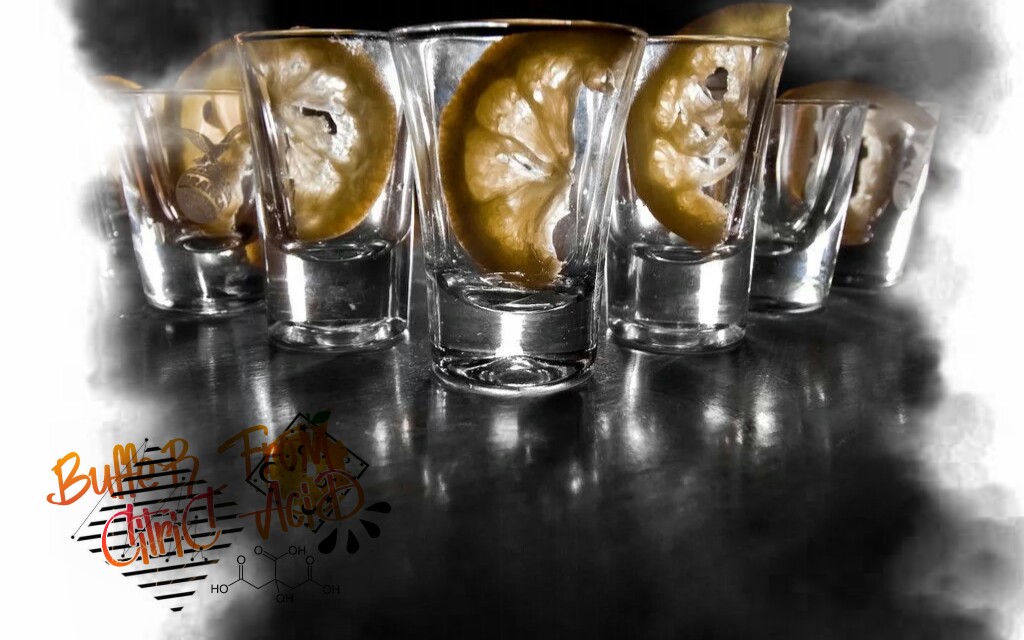BUFFER FROM CITRIC ACID
How To Make Citric Acid Buffer Solution
Chemical buffers prevent sudden changes in a solution's acidity. Buffer solutions keep a certain pH level nearly constant during the course of biological reactions and are crucial for many physiological processes.
All laboratory experiments in biochemistry or biophysics require buffer solutions.
Citric acid is an organic acid that can efficiently maintain pH range from 3 to 6.2. In this example, you would make 200 ml of a citric acid buffer solution with the concentration 0.1 molar and pH 5.5.
Step To Make It
1.Calculate the mass of citric acid needed to make the buffer solution using the following formula: Mass(Citric Acid)=192.12 x Molarity (solution) x Volume (solution)/1,000 ml. (The molar mass of citric acid is 192.12 g/mole.)
2.In our example, Mass(Citric Acid) = 192.12 g/mol x 0.1 M x 200 ml/1,000 ml = 3.842 g.
3.Weigh citric acid on the scale and place the chemical in the beaker. Pour the distilled water into the beaker.
4.The volume of the water added should be about 10 ml less than the final volume. In our example, you would add 190 ml.
5.Place a stir bar in the beaker with the solution. Put the beaker on the magnetic stirrer and turn it on to start stirring the solution.
Preparing Sodium Citrate Buffer Solution
Ways to get a Buffer Solution
How to Make and pH Buffers
What is Buffer
A buffer solution (more precisely, pH buffer or hydrogen ion buffer) is an aqueous solution consisting of a mixture of a weak acid and its conjugate base, or vice versa. Its pH changes very little when a small amount of strong acid or base is added to it. Buffer solutions are used as a means of keeping pH at a nearly constant value in a wide variety of chemical applications. In nature, there are many systems that use buffering for pH regulation. For example, the bicarbonate buffering system is used to regulate the pH of blood.
Buffer solutions achieve their resistance to pH change because of the presence of an equilibrium between the acid HA and its conjugate base A-.
HA --> H + + A-
When some strong acid is added to an equilibrium mixture of the weak acid and its conjugate base, the equilibrium is shifted to the left, in accordance with Le Chatelier's principle.
Because of this, the hydrogen ion concentration increases by less than the amount expected for the quantity of strong acid added. Similarly, if strong alkali is added to the mixture the hydrogen ion concentration decreases by less than the amount expected for the quantity of alkali added.
Ways to get a Buffer Solution
Buffers and Henderson-Hasselbalch | Chemistry | Khan Academy




